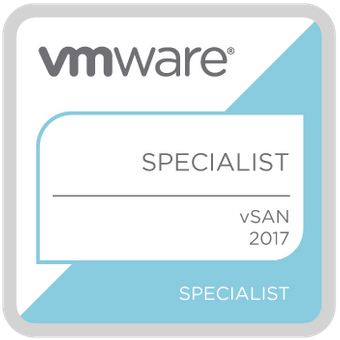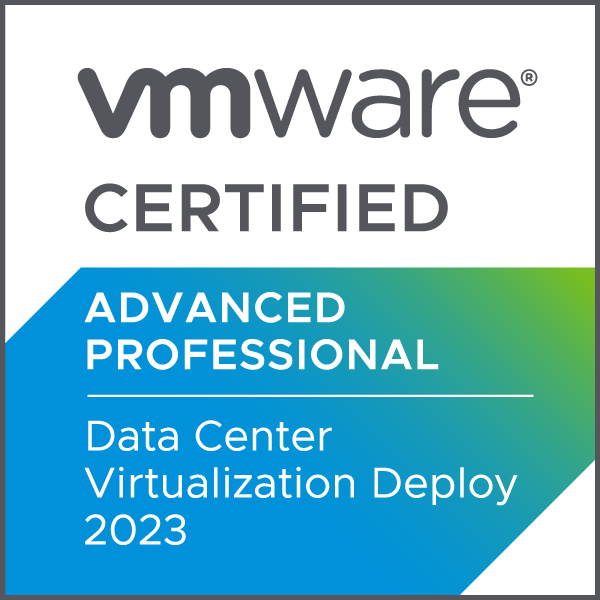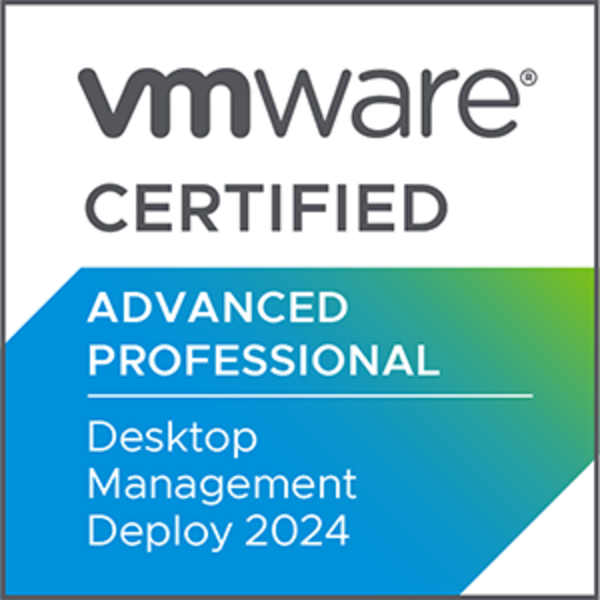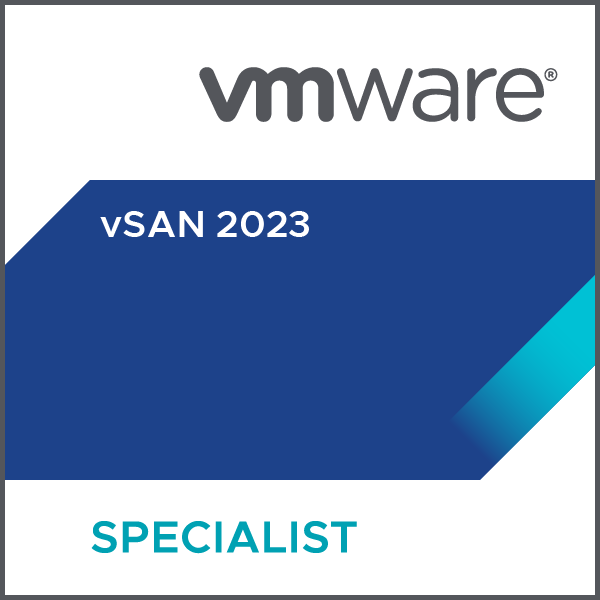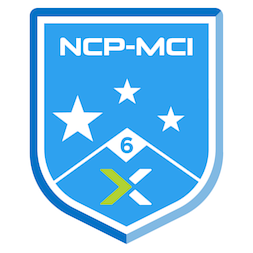Expanding vSAN ESA Cluster Capacity
If your vSAN ESA cluster is running low on storage capacity or if you are considering expanding the capacity of the cluster, you’ll be pleased to know that the process has become even more streamlined and convenient with the introduction of its new architecture (ESA).
In the original vSAN architecture or OSA (Original Storage Architecture), expanding the storage capacity of the cluster involved adding more storage devices to existing disk groups or creating new disk groups. However, adding new disk groups required flash devices as cache devices, as the performance would be affected if capacity was added without a cache device. Alternatively, you could add more hosts with disk groups to maintain the same level of performance after adding new hosts to the cluster.
Fortunately, vSAN ESA (Express Storage Architecture) simplifies the process significantly. Expanding the vSAN cluster is now much easier and can be achieved by either adding flash devices (NVME devices) to the storage pools of the existing hosts or adding new hosts. That’s all you need! and in this post, I will guide you through the step-by-step procedures for both methods and provide a demonstration of how they work.
Let’s take a look at the current capacity of the vSAN cluster before adding a new host. As depicted in the following image, the existing vSAN cluster comprises three hosts with a capacity of approximately 900GB. In the first step, I add a new host to the vSAN cluster. Then, I proceed to add a new disk to each host in the cluster, thereby expanding the capacity of the vSAN cluster.

Add a Host to the vSAN Cluster ESA
It is highly recommended to create hosts in the vSAN cluster with uniform configurations. Therefore, I add a new host that matches the exact hardware configuration of the existing hosts. Before proceeding with the addition of a new host, it is important to check the health of the vSAN cluster to ensure it is running without any errors.

In the vSphere Client, navigate to the vSAN cluster and click on the Configure tab, then, select Quickstart under Configuration. On the Add hosts section, click ‘Add‘ to open the Add hosts wizard.

Enter information for new hosts or select from existing hosts listed in the inventory. Since I have already added this host to the vCenter, I will choose from the existing hosts and click ‘Next‘. On the Host summary page, verify the host settings and click ‘Next‘. On the Import Image page, you can choose to import a new image or not. Since my cluster is currently managed with one image using lifecycle manager (as shown in the above image), I won’t import any new images. On the Review page, verify the settings and click ‘Finish‘.

As you can see in the following gif, a new host has been added successfully, and now it is time to configure this new host. Select ‘Configure‘ and a new wizard will open, on the top of the new window, the actual capacity is shown (900GB). Select the disk on the new host for the storage pool. Unlike vSAN OSA, there is no option to select for cache or capacity, as the new concept of storage pool has been introduced.
On the Create fault domains page, you can define fault domains for hosts that can fail together. Since I don’t have this requirement, I will skip this step. On the Review page, please verify the cluster settings, and then click ‘Finish‘ to complete the process.

Now, if I go back to the vSAN datastore and check the capacity, I will notice that the cluster has been successfully expanded.

Add Storage Devices (NVMe) to the vSAN Cluster ESA
But you don’t always want to add new hosts to the vSAN cluster. In certain situations, you may have available slots in your physical servers and want to add new compatible storage devices (NVMe) to these servers. Then, you can present them to the ESXi and utilize them as disks for the vSAN cluster. Similar to the previous scenario, it is highly recommended to add uniform storage devices to each ESXi host in order to maintain consistent configurations. I have added one new NVMe disk to every ESXi host.
Navigate to the vSAN cluster and click on the Configure tab. Under vSAN, select Disk Management to manually claim disks. As you can see, only one of the two disks is currently in use, and I want to add the second disk of each host to the vSAN cluster; so click on ‘CLAIM UNUSED DISKS‘.

If you want to automatically claim disks, click ‘CHANGE DISK CLAIM MODE‘ and toggle the vSAN managed disk claim button. Please note that only compatible disks on the hosts will be automatically claimed. Since my disks are not compatible due to being in a nested environment, I have to perform the task manually.

After clicking on CLAIM UNUSED DISKS, a new wizard will open, where you should select the disks you want to claim and click ‘Create‘. As you can see in the following gif, there is one disk for every host, and I have selected all these disks to claim. After clicking ‘Create‘ vSAN claims the selected disks and organizes them into a storage pool.

if I navigate back to the vSAN datastore, I will notice that the cluster has been successfully expanded.

I also checked the health of vSAN, and everything seems fine!

How easy it is to expand your vSAN ESA! It’s much easier than vSAN OSA. If you missed the introduction of vSAN ESA, please check out the following link.
I hope this is informative for you!



